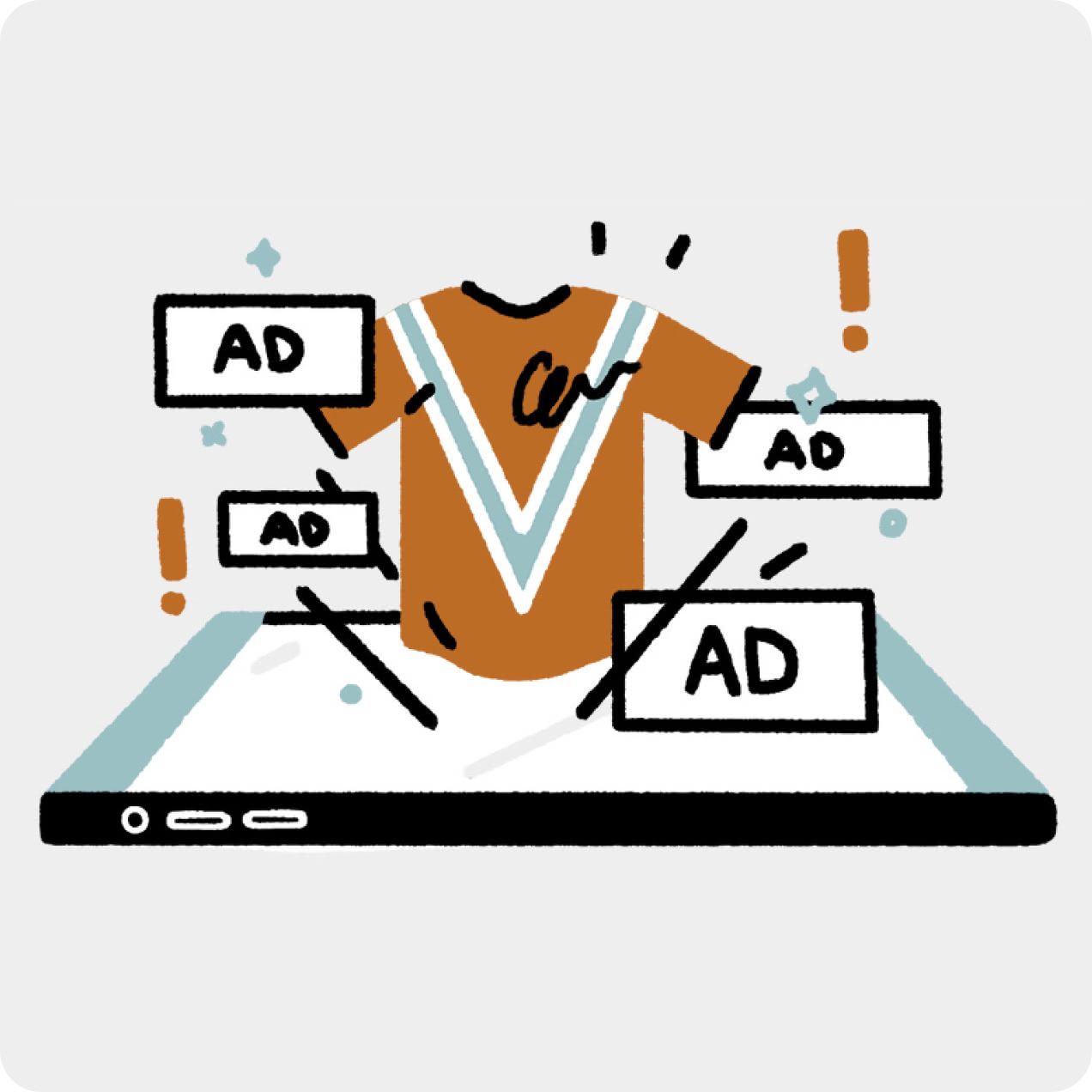
Here's how Internet Safety aligns with curriculum standards in Alabama. Use the filters to change the location, set of standards, and grade level.
Citizen of a Digital Culture - Safety, Privacy, and Security
Standards
Defined by Digital Literacy and Computer Science 12th Grade and align with Internet Safety11: Model and demonstrate behaviors that are safe, legal, and ethical while living, learning, and working in an interconnected digital world.
Standards
Defined by Digital Literacy and Computer Science 12th Grade and align with Internet SafetyCitizen of a Digital Culture - Digital Identity
Standards
Defined by Digital Literacy and Computer Science 12th Grade and align with Internet SafetySafety, Privacy, and Security
Standards
Defined by Digital Literacy and Computer Science 12th Grade and align with Internet Safety